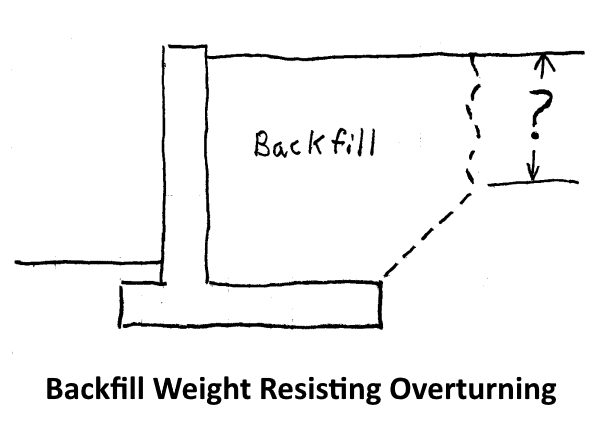Hi,
When I look into Overturning stability for Retaining walls, I see that the weight of concrete, other weights above it and the soil above the footings are considered for countering the Overturning moment.
I wonder if it would be acceptable to also consider the soil above the footings in projection of a value equal to the soil friction angle. It makes sense to me, but I can't find a reference on it.
Thanks for replies.
When I look into Overturning stability for Retaining walls, I see that the weight of concrete, other weights above it and the soil above the footings are considered for countering the Overturning moment.
I wonder if it would be acceptable to also consider the soil above the footings in projection of a value equal to the soil friction angle. It makes sense to me, but I can't find a reference on it.
Thanks for replies.

